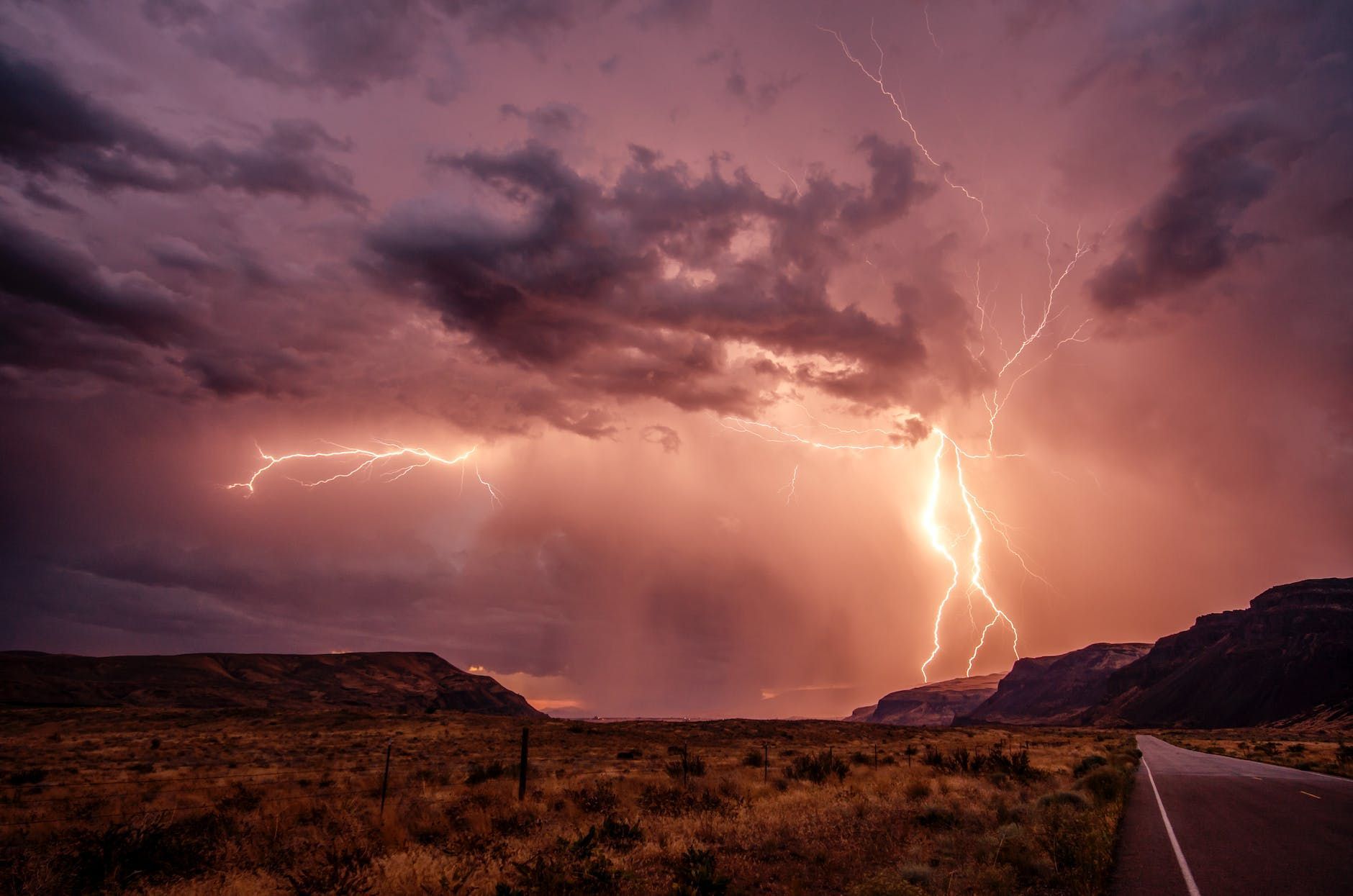
Anza-Borrego Desert State Park
The term “monsoon” refers to seasonal winds that bring rain and other precipitation to regions of the world. These winds are a result of differences in air pressure between land and sea, and their arrival marks the start of the rainy season in many areas. The sudden increase in moisture and rainfall leads to a burst of growth and activity in the local ecosystem, with many species adapting to take advantage of the conditions.
In this blog, we will explore the world of monsoonal species, including their unique adaptations and the challenges they face.
Characteristics of Monsoonal Species
Monsoonal species are characterized by their ability to survive in conditions that change dramatically from year to year. They have adaptations that allow them to conserve resources during dry periods and take advantage of the sudden increase in moisture during the rainy season. For example, some species have deep roots that can access water deep underground, while others have leaves that can store water for long periods.
Distribution of Monsoonal Species
Monsoonal species can be found in regions all over the world that experience seasonal changes in rainfall, including parts of Africa, Asia, and Australia. These regions are typically characterized by arid or semi-arid conditions, with long periods of drought punctuated by heavy rainfall. Some species are restricted to specific regions, while others have wider ranges that allow them to take advantage of the changing conditions in different areas.
Anza-Borrego Desert State Park
Anza-Borrego Desert State Park is a unique and diverse ecosystem that showcases the incredible adaptability of monsoonal species. This vast park covers over 600,000 acres of desert landscape in southern California, providing a haven for a wide range of plants and animals that are adapted to the challenging monsoonal conditions.
During the rainy season, visitors to the park can witness the transformation of the desert as it comes to life with a burst of color and activity. One of the most remarkable sights in the park is the annual bloom of wildflowers, which can carpet the desert floor with a carpet of yellow, orange, and purple. In addition to wildflowers, visitors can also see other vegetation, including cacti and other desert-adapted plants, that have evolved to store water and survive the long dry periods.
In terms of wildlife, the park is home to a number of species that are adapted to the monsoonal conditions, including bighorn sheep, kit foxes, and various species of reptiles and birds. Some of the more notable species that can be found in the park include the desert bighorn sheep, which have evolved to survive in the harsh desert environment.
Visitors to Anza-Borrego Desert State Park can also see a variety of unique geological formations, including sand dunes, rock formations, and canyons, that have been shaped by the forces of wind, water, and time. These formations provide a window into the rich history and geology of the area and serve as a testament to the resilience of the natural world.
In conclusion, Anza-Borrego Desert State Park is a prime example of the rich diversity and adaptability of monsoonal species, offering visitors the opportunity to witness the incredible transformation of the desert during the rainy season and to see a wide range of plants and animals that have evolved to survive in this unique ecosystem.
Conservation of Monsoonal Species
Despite their remarkable adaptations, monsoonal species face a range of challenges that threaten their survival. Habitat loss and degradation, climate change, and overexploitation are just a few of the threats these species face. Conservation efforts, such as protected areas and habitat restoration, are crucial for preserving these species and their habitats for future generations.
Conclusion:
The world of monsoonal species is one of great diversity and adaptability, with creatures that have evolved to survive in some of the harshest conditions on earth. Whether they are living in the savannas of Africa or the rainforests of Australia, these species play a vital role in their ecosystems and deserve our attention and protection. Through understanding and conserving these species, we can help ensure a more diverse and resilient world for future generations.
In conclusion, this guide provides a comprehensive overview of monsoonal species, their adaptations, distribution, and conservation challenges. Understanding these fascinating creatures can help us appreciate the incredible diversity of life on our planet and the important role that these species play in their ecosystems.
Explore Borrego Springs, the gateway to Anza-Borrego Desert State Park. Discover its stunning landscapes, vibrant community, and sustainability-focused growth.
Sign up for our newsletter!
Sign up for our newsletter!
Sign up for our newsletter!
You're All Signed Up!
Please try again later.

